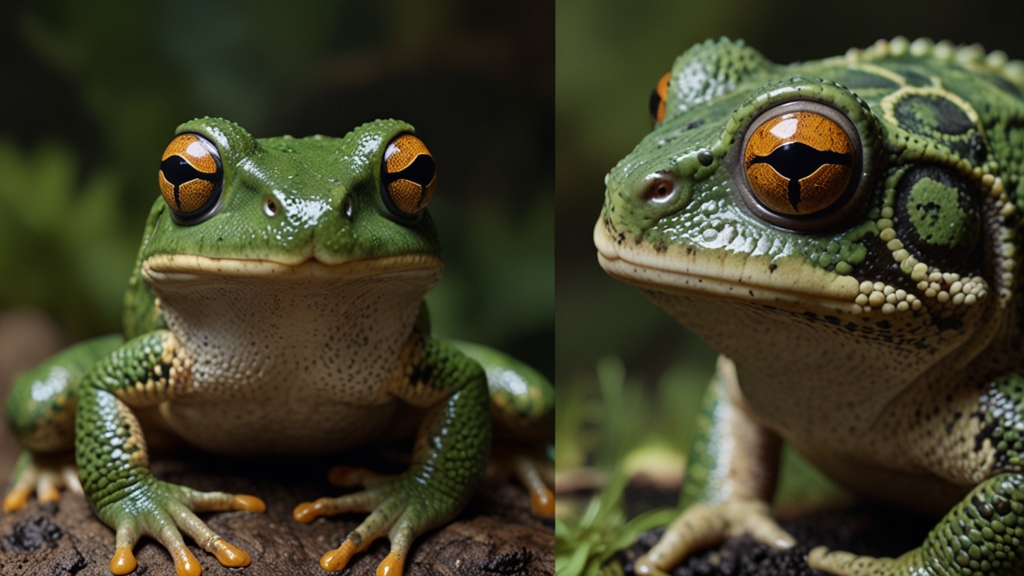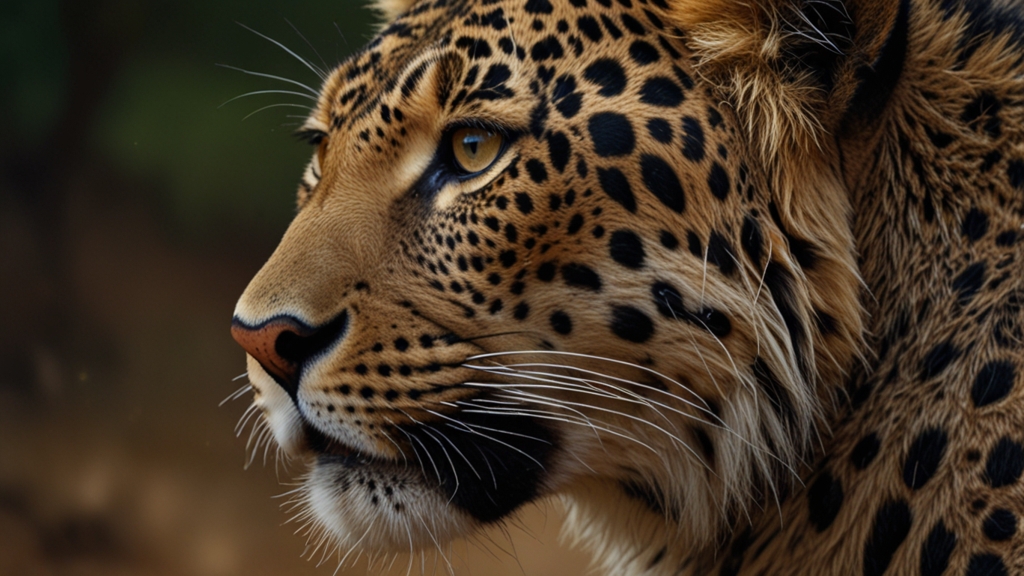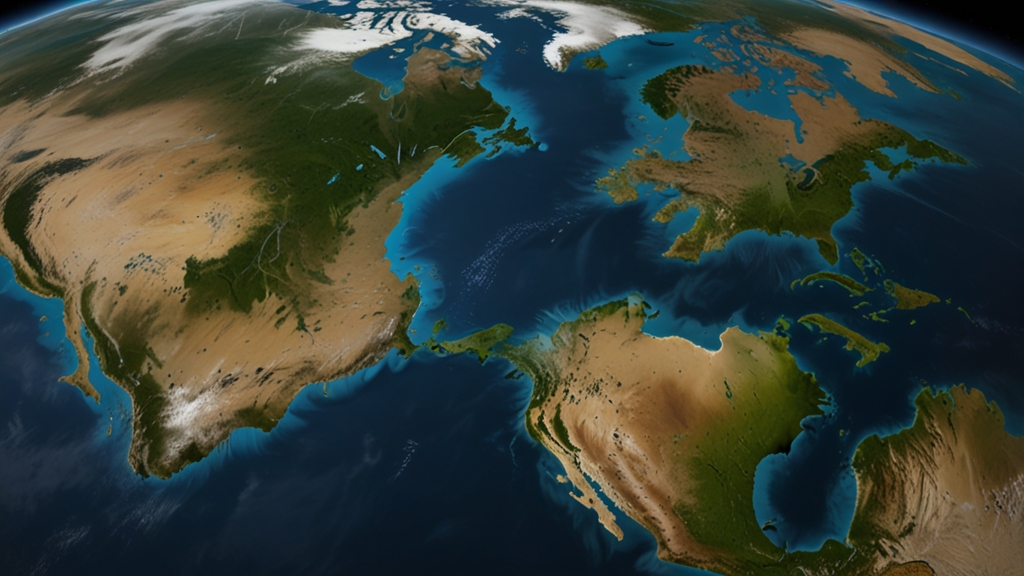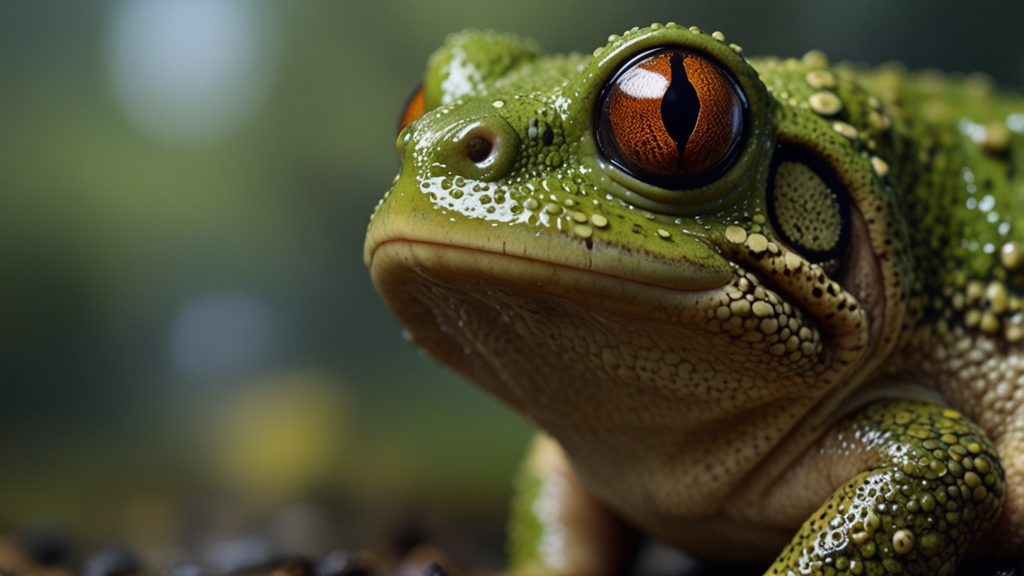The Unseen Crisis: Understanding the Plight of Endangered Animals
The alarming rate at which species around the world are facing extinction is a growing crisis that often goes unnoticed. This unseen crisis affects our planet's biodiversity and has far-reaching consequences for ecosystems and human societies. Understanding the plight of endangered animals is crucial for catalyzing action and implementing effective conservation strategies.
The Causes of Endangerment
Endangerment of species can be attributed to several interconnected factors. Primarily, habitat destruction due to deforestation, urbanization, and agricultural expansion is one of the leading causes. As natural habitats shrink, animals lose their homes, feeding grounds, and breeding sites.
Climate change also plays a significant role, altering ecosystems and making them inhospitable for many species. Rising temperatures, altered precipitation patterns, and increased frequency of extreme weather events force species to adapt, migrate, or face extinction.
Additionally, illegal poaching and wildlife trafficking wreak havoc on animal populations. Ivory trade, exotic pet trade, and traditional medicine markets contribute significantly to the decline of species such as elephants, rhinos, and tigers.
"If current trends continue, an estimated 1 million species could face extinction within decades, a biodiversity crisis unprecedented in human history." - United Nations Report on Biodiversity
Case Studies: Species on the Brink
Several species serve as poignant examples of the endangerment crisis. The Sumatran orangutan, native to Indonesia, is critically endangered due to habitat destruction and illegal pet trade. With fewer than 14,000 individuals left in the wild, their survival is hanging by a thread.
The Vaquita, the world's smallest porpoise, is on the brink of extinction, with fewer than 10 individuals remaining. Found in the Gulf of California, the Vaquita's population has plummeted due to bycatch in illegal gillnets used for fishing another endangered species, the Totoaba fish.
The plight of the Amur leopard is equally dire. Only about 84 individuals remain in the wild, primarily in the Russian Far East. Habitat fragmentation, human-wildlife conflict, and poaching are critical threats to their survival.
"Losing even a single species can disrupt ecosystems and have a domino effect on other species, including humans." - Dr. Jane Goodall
Conservation Efforts and Solutions
Despite the grim statistics, numerous conservation efforts are in place to save endangered species. Establishing protected areas, such as national parks and wildlife reserves, helps safeguard habitats from human encroachment and provides safe havens for wildlife.
Anti-poaching initiatives, including increased patrolling and the use of advanced technology like drones and DNA forensics, are essential in combating illegal hunting and trafficking. Additionally, conservation organizations work tirelessly to raise awareness and educate the public about the importance of wildlife conservation.
Community involvement is also vital. Empowering local communities to participate in conservation efforts ensures sustainable practices and helps balance the needs of people and wildlife. Ecotourism can provide financial incentives for conservation while promoting respectful and sustainable interactions with nature.
"Every individual matters. Every individual has a role to play. Every individual makes a difference." - Dr. Jane Goodall
The Path Forward
Tackling the endangered species crisis requires a multifaceted approach. Governments, NGOs, scientists, and communities must collaborate to create and enforce effective legislation, provide funding for conservation projects, and engage in research to better understand the needs of threatened species.
Moreover, addressing global challenges such as climate change and habitat destruction is fundamental to safeguarding biodiversity. Sustainable practices in agriculture, urban development, and resource management must be prioritized to mitigate human impact on the natural world.
In conclusion, the plight of endangered animals is a critical issue demanding immediate and concerted efforts. By understanding the causes, supporting conservation initiatives, and promoting global stewardship, we can strive to preserve the rich tapestry of life on our planet for future generations.












